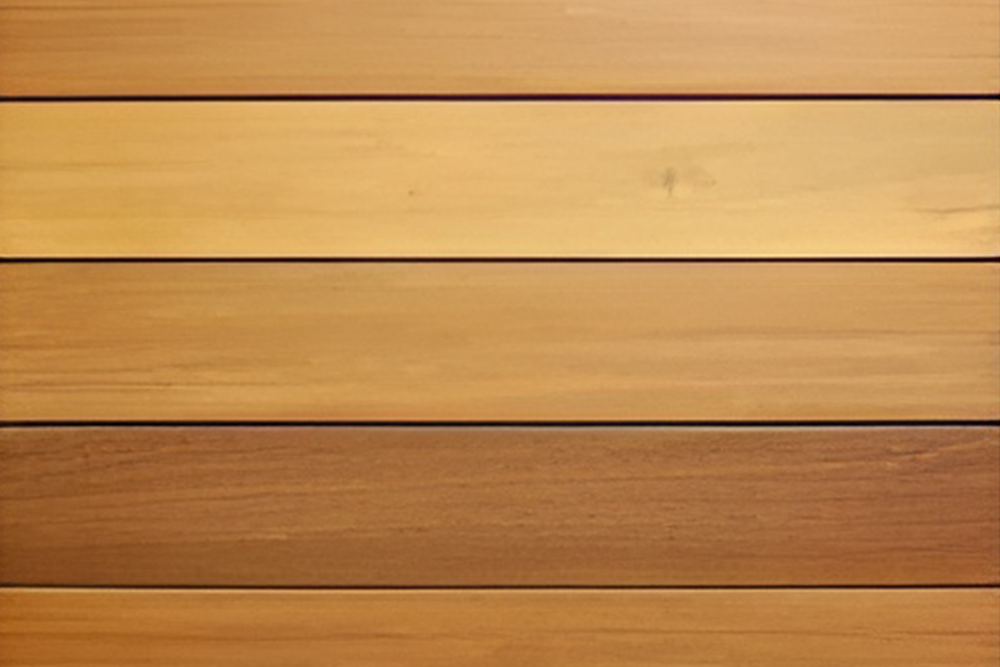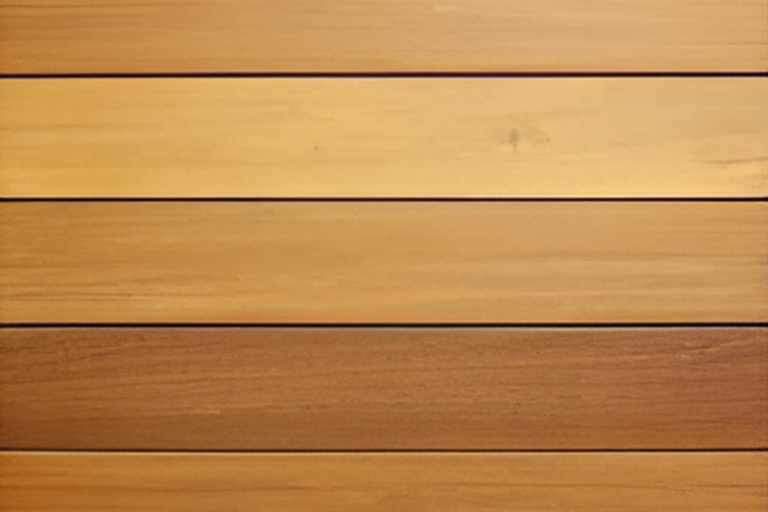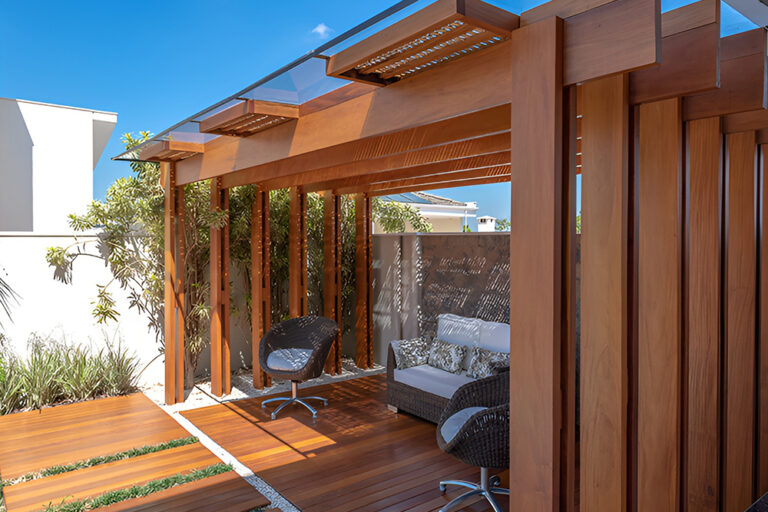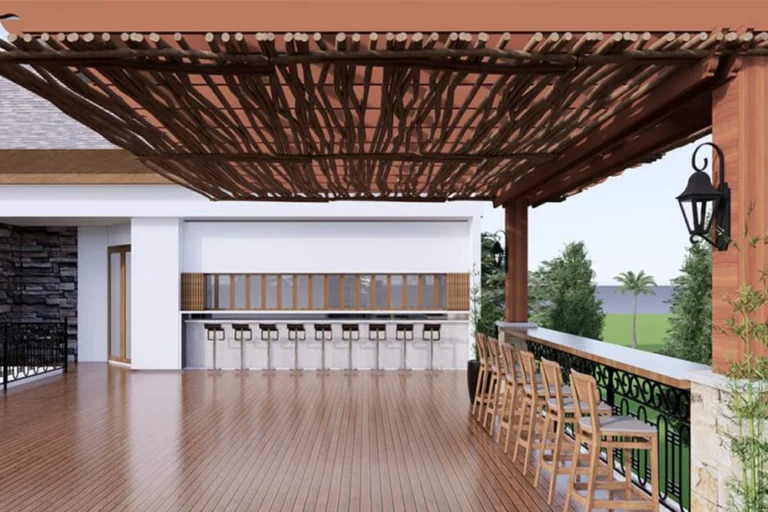
Tropical Hardwoods…The Cornerstone of Wooden Boat Building

To understand that wood was the primary material used in shipbuilding since man first dug a canoe out of a tree trunk and learned to sail, we need only watch a few of our favorite films. The use of wooden ships has made a lasting impression on the extensive and rich history of maritime exploration and trade. Naturally robust hardwoods are the essential component that has endured the test of time at the heart of these magnificent vessels. These remarkable woods have been the foundation of wooden shipbuilding for centuries because of their innate strength, resistance to rot, and timeless beauty.
The Legacy of Wooden Ships
Archaeological evidence indicates that wooden ships have been used since ancient civilizations, leaving a millennium-long legacy. The materials used in ship construction became increasingly important as humanity ventured into the world’s oceans. Although mahogany and teak are arguably the most well-known wood species connected to shipbuilding, there are more interesting wood species on the list that can withstand wood rot and marine environments.
Early issues of Scientific American highlighted the advantages of Australian eucalyptus species, including Jarrah, for boat building. Captain Cook’s ship, HMS Endeavour, which he used to map Australia, was recommissioned in Jarrah.
In shipbuilding, choosing the appropriate wood is crucial. Although different kinds of wood have been utilized historically, hardwoods have become the preferred option due to their exceptional qualities like slip resistance as well as resistance to marine borers, rot, salt spray and wear. Hardwoods are distinguished from softwoods by their slower growth and dense structure. They are perfect for ship structural components because of their superior strength, which is conferred by their density.
Leading Hardwoods Used in Ship Construction
Teak: Native to South and Southeast Asia, Teak has long been prized for its remarkable water resistance and durability. Decking and interior fittings have long been favored by shipbuilders due to Teak’s remarkable golden-brown color. Teak has long been a staple in shipbuilding because of its natural oils, which help to protect it from insects, decay, and saltwater corrosion. Teak sourcing has, however, come under some political pressures, and so the markets continue to look for options.
IPE: Notable for its extraordinary toughness, IPE wood is a great option for shipbuilding. This hardwood comes from South America and is remarkably resistant to water damage, insects, and decay. Because of its unmatched density and strength, it can withstand the harsh marine environment, extending the life of vessels. IPE’s inherent oils add to its rot resistance, making it even more durable. IPE wood gives ships an aesthetic dimension in addition to its durability because of its rich color and attractive grain. IPE wood is a superior material that embodies both durability and aesthetic appeal in ship construction, and it can withstand the rigors of the open sea.
Oak: Particularly in the Age of Sail, Oak—especially White Oak and Live Oak—has been essential to shipbuilding. Oak, which was valued for its durability and strength, was frequently used to build ships’ frames, planking, and keel. It was a reliable option that guaranteed the structural integrity of vessels even in the most severe maritime conditions because of its tight grain and resistance to water penetration.
Mahogany: Ship interiors and decorative elements have long been favorably adorned with Mahogany due to its rich reddish-brown hue and fine texture. Due to its relative softness, Mahogany is not as frequently used for structural components; however, because of its resilience to rot and humidity fluctuations, it is an indispensable material in ship design, elevating the level of maritime craftsmanship.
Garapa: Native to tropical Africa, Garapa is becoming more and more popular in contemporary shipbuilding. It is a dependable option for a variety of components due to its stability, longevity, and resistance to water and insects. Garapa combines traditional workmanship with modern demands for sustainability and longevity in decking, planking, and other exterior applications. Thermally modified woods are now being evaluated as options due to their incredible stability and similar properties to Mahogany.
Properties of Naturally Durable Hardwood
Wooden shipbuilding relies heavily on hardwoods because of their long-lasting qualities. These woods’ special qualities add to the vessel’s longevity, aesthetic appeal, and structural soundness. Hardwoods are the best material to use when building seaworthy vessels for a number of reasons:
Strength and Sturdiness: Hardwoods’ dense structure provides extraordinary strength and guarantees the ship’s structural integrity. This strength is essential for enduring the forces of the sea, storms, and the vessel’s own weight.
Resistance to Deterioration: Protecting the vessel from the corrosive effects of saltwater and constant exposure to moisture is one of the main challenges in shipbuilding. Because of their innate oils and tannins, naturally resilient hardwoods are extremely impervious to fungi, insects, and decay.
Resistance to Water: One of the most important characteristics of materials exposed to the elements in a maritime environment is hardwoods’ inherent resistance to water penetration. This resistance improves the ship’s buoyancy and overall performance, in addition to safeguarding the wood itself.
Flexibility and Practicality: Hardwoods have a great deal of versatility and functionality in addition to their density. Hardwoods can be precisely shaped, molded, and carved by shipbuilders, enabling the use of fine detail in both structural and decorative elements.
Challenges and Sustainability Strategies
Shipbuilding has historically relied heavily on the use of naturally durable hardwoods, but this has led to worries about deforestation and the environmental effects of obtaining these unique woods. As a result, the sector has been using sustainable methods more and more, such as ethical forestry. Encouraging the long-term health of forests and ecosystems, the implementation of certifications like our Legal Lumber “Due Care” Compliance program or FSC guarantees that hardwoods are harvested for shipbuilding in an environmentally responsible manner.
Conclusion
The use of naturally resilient hardwoods stands out in the vast tapestry of maritime history as a tribute to the inventiveness of shipbuilders throughout the ages. The tradition of building seaworthy ships out of hardwoods endures as the industry adopts sustainable practices, guaranteeing that the craft of building wooden ships will always be both a nod to tradition and a beacon of innovation on the ever-changing seas.
Finding wood species with exceptional durability benefits and creating applications for their use has become my passion over the years. Tropical Forest Products distributes the best of these species under the Premium Select Architectural Grade and Legal Lumber brands. Stay tuned for more blogs where we will discuss these incredible wood species and their uses.

About the Author
Meet Brian Lotz, General Manager of US Operations, Technical and Environmental Compliance Director for Tropical Forest Products and industry Influencer. With over 40 years of experience in the exotic hardwood business, Brian brings a wealth of knowledge that enhances the company’s commitment to sustainability within the imported and domestic hardwood industry. Brian was responsible for spearheading the 38th FSC Chain of Custody Certification for his company in North America, the Fields to Forests Tropical Reforestation Program and the TFP Legal Lumber “Due Care” Compliance Program. As we explore the impact of super-durable tropical hardwoods on multiple industries, Brian’s insight offers a unique lens, underscoring the harmonious interplay between skillful artisanship, biophilic design and sustainable ethos.
CATEGORIES
Recent Post


Garapa Decking vs. IPE Wood Decking – Which is Right for You?
tags

Receive The Latest News
Subscribe To Our Weekly Newsletter

- OUR LOCATIONS
- CONTACT US
- SIGN UP
Stay informed about the latest offers, products and sales
- FIND US
- CONTACT US
- SIGN UP



